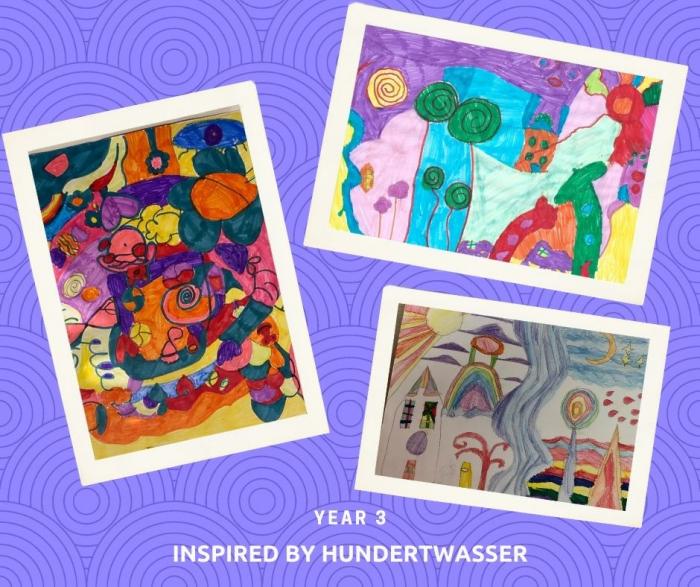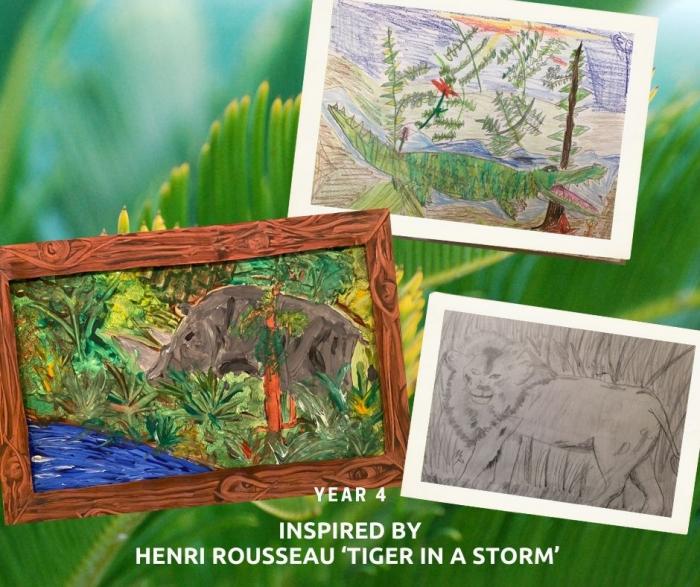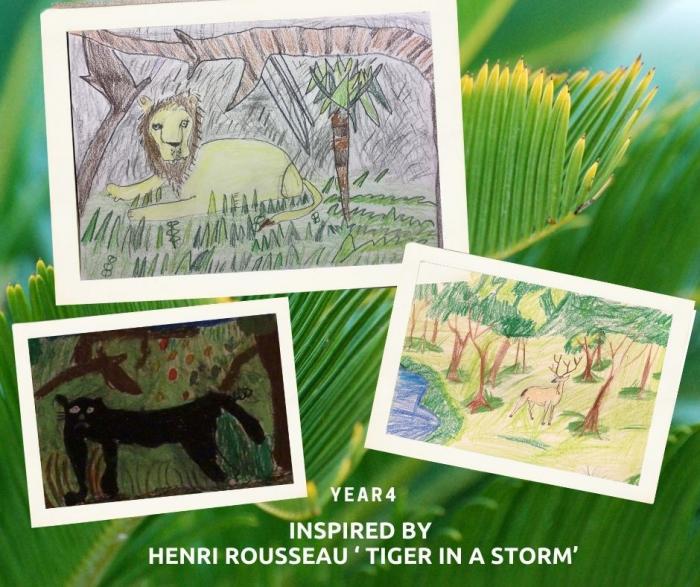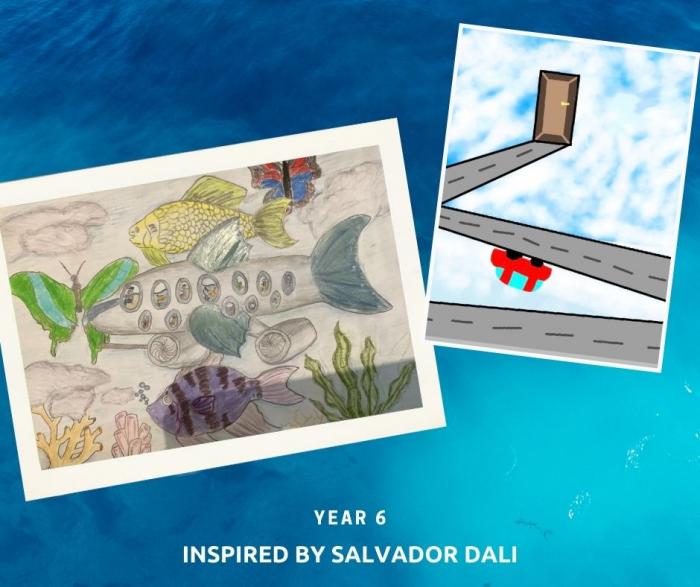








Virtual Art Gallery: Exploring Artistic Styles
Studying the work of well-known artists develops children’s visual awareness, deductive, practical and reasoning skills, as well as knowledge, understanding and appreciation of art. Throughout the first half of the Lent term our distance learning programme has introduced a wide range of artistic styles to the children in Middle and Upper School which has inspired them in the creation of their canvases working ‘in the style of’ a particular artist.
Here we share a few of the highlights from artists the children have been studying, and the work they have created.
Form 6
Salvador Dali was a Spanish surrealist artist renowned for his precise technical skills and the striking and bizarre images in his work. Form 6 learned that Dali made strange dream-like paintings by looking intensely at a set of objects until he could see others, like a hallucination, and they were introduced to ‘The Temptation of St Anthony’ and ‘The Persistence of Memory’ which both contain many interesting images that he changed to look visually different.
Understanding that surreal describes something that is a bizarre mix of elements, such as Dali’s melting clocks in his paintings, Form 6 were asked to research more into Dali’s paintings and observe how he changed imagery to look dream-like and the unexpected. They then were tasked with choosing and an interesting everyday object and asked to think carefully and creatively how they could can develop their chosen object to look surreal on paper.
Form 5
The Spanish artist Pablo Picasso was a gifted artist. He was bold, original, and inventive, using many different materials in his work including collage and ceramics. The themes he chose to work on were often about himself and themes of love, violence, birth and death.
Form 5 were introduced to Picasso’s best known work entitled Guernica which he painted in 1937. Understanding that is was regarded by many art critics as the most moving and powerful anti-war painting in history they learned he wanted to show the suffering of people and animals and to bring the civil war in Spain to everyone’s attention and make an impact by creating this very large work.
From the painting the children selected 5 images (or more) which interested them and used these as a basis to produce their own oversized canvas paying homage to Picasso and ‘Guernica’ use black, grey and white media to make their work tonal.
Form 4
Henri Rousseau painted ‘Tiger in a Tropical Storm’ in 1891. He was a self-taught French artist and he painted wild animals in a jungle landscape based on his visits to the Botanical Gardens in Paris.
Form 4 were asked to observe the painting carefully and look at the foreground, middle ground and background, and the detail achieved by just using many different shades of green. Noting the stance of the tiger, what is hidden, what can be seen in more detail and be inspired by the painting to produce their own picture featuring a wild animal of their choice and paying attention to the detail of their foreground.
Form 3
Friedensreich Hundertwasser was an Austrian-born abstract artist. He recognised that different people see different things when looking at pictures and the children discussed their different reactions to his work.
Hundertwasser was passionate about nature; he saw the spiral as a symbol of the natural cycle of life. He was also an architect and ecologist. He designed buildings around the world which all have his distinctive vibrant, irregular style.
Understanding that Hunderwasser did not use strait lines, even his windows in cars and buildings are drawn with flowing shapes, the children created their own bright bold picture inspired by his work.